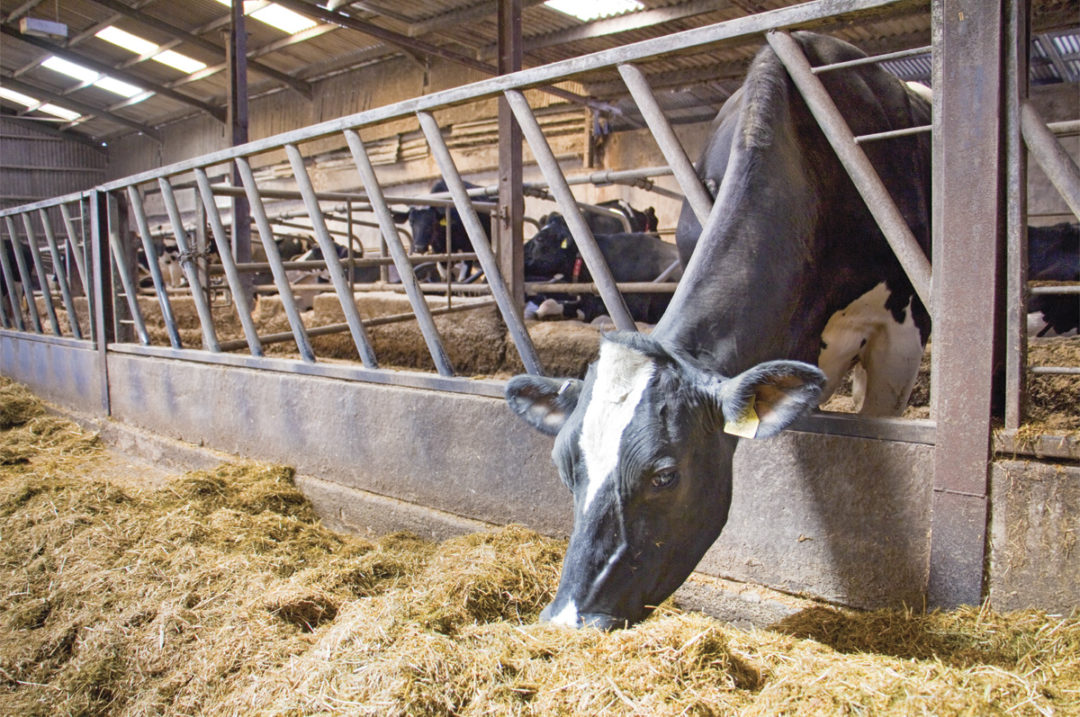On June 21, Adam Krull, Ph.D., a dairy veterinarian and nutritionist with Pioneer Global Nutritional Services, presented a webinar providing practical guidelines for corn silage producers. The webinar, titled “Strategic Considerations for Choosing a Corn Silage Hybrid: From Agronomic Traits to Fiber Digestibility,” is part of a free series by Iowa State University Extension and Outreach.
Krull identified several key drivers of corn silage yield and quality, including management, environment and genetics. Poor management will not compensate for poor genetics or adverse weather conditions and vice versa. Understanding the interaction between management practices, weather and corn genetics is key when selecting a suitable corn hybrid for silage.
With that knowledge, growers are prepared to zero in on the three main focuses for selecting corn silage hybrids: basic agronomic traits, starch content and dry matter yield.
1. Basic agronomic traits – yield stability
First and foremost, growers need to consider basic agronomic traits with yield stability in mind. Krull singled out stress emergence, drought tolerance and disease resistance as three of the most important traits to consider when selecting a hybrid. When coupled with proper management and favorable environmental conditions, selecting the right agronomic traits leads to a bountiful harvest that is highly digestible and energy dense.
The best silage hybrid will have the right maturity, have good emergence and be resistant to regional-specific diseases. Depending on the region, drought tolerance may be an important trait to consider.
2. Starch content
Growers should remember that a good silage hybrid is also a good grain hybrid. Grain is the most energy-dense part of the plant. Prioritizing starch by selecting a good grain hybrid first ensures that the energy content of the corn silage is maximized for dairy production.
Starch content is also heavily influenced by the maturity of the kernel; therefore, it is important that growers keep that in mind come harvest to get the most out of any hybrid.
3. Dry matter yield
Dry matter yields are influenced by the height of the plant at the ear and by starch content. Taller plants also lead to better dry matter yields. Short-stature plants, while great low-risk grain hybrids, do not deliver desirable stover yields for silage.
Certain management decisions can also have a significant impact on yields. Delaying harvest time when possible can increase yields significantly due to the increase in dry matter content. This also helps growers to capture more starch with minimal declines in fiber digestibility as a result.
While adverse weather conditions are out of growers’ hands, growers do have some control over foliar disease through hybrid selection and fungicide use. In areas with heavy disease stress, growers should consider both resistant hybrids and appropriate crop protection measures to protect their yields.
Starch and fiber digestibility
When selecting corn silage hybrids, growers should not focus on starch and fiber digestibility because there is no significant genetic difference between hybrids at silage maturity. Instead, growers should focus on how the growing conditions, degree of processing and time in storage influence starch digestibility. Similarly, growers know that fiber digestibility is very important, but fiber digestibility is affected far more by agronomic traits than by small genetic variations between hybrids. Therefore, selecting corn silage hybrids based on starch and fiber digestibility is an effort better spent perfecting management strategies.
Krull explained that some of the most important decisions surrounding corn silage are not in the selection of hybrids but in the actual feeding practices. Fiber digestibility is impacted by the time in storage prior to feeding far more than by genetics. The peak time for starch digestibility is about six months. Any small differences influenced by genetics will be eliminated by processing and storage, so growers benefit from altering their plans to meet that timeline, rather than selecting corn hybrids with fiber digestibility in mind.
The exception to this rule is the selection of brown midrib corn (BMR) hybrids. Due to a decreased lignin content, BMRs generally exhibit higher fiber digestibility at the expense of standability. This presents a significant problem for silage growers; however, producers who can minimize the agronomic risks associated with BMRs benefit from increased digestibility. BMR hybrids will be more prone to drought and have lower yields in addition to poorer standability, so Krull recommended carefully considering whether BMRs are suitable for individual operations and, if so, planting BMRs on only a percentage of silage acres.
Similarly, the degree of kernel processing is the next most influential factor affecting starch digestibility. Krull described thorough processing and steps growers can take to ensure they are adequately processing kernels.
Clearly, selecting the right corn silage hybrids is just the tip of the iceberg. Krull ended the webinar by reiterating the importance of the interaction between genetics, growing conditions, management, environmental conditions and harvest. Understanding these interactions can help growers take advantage of the best corn genetics available.











